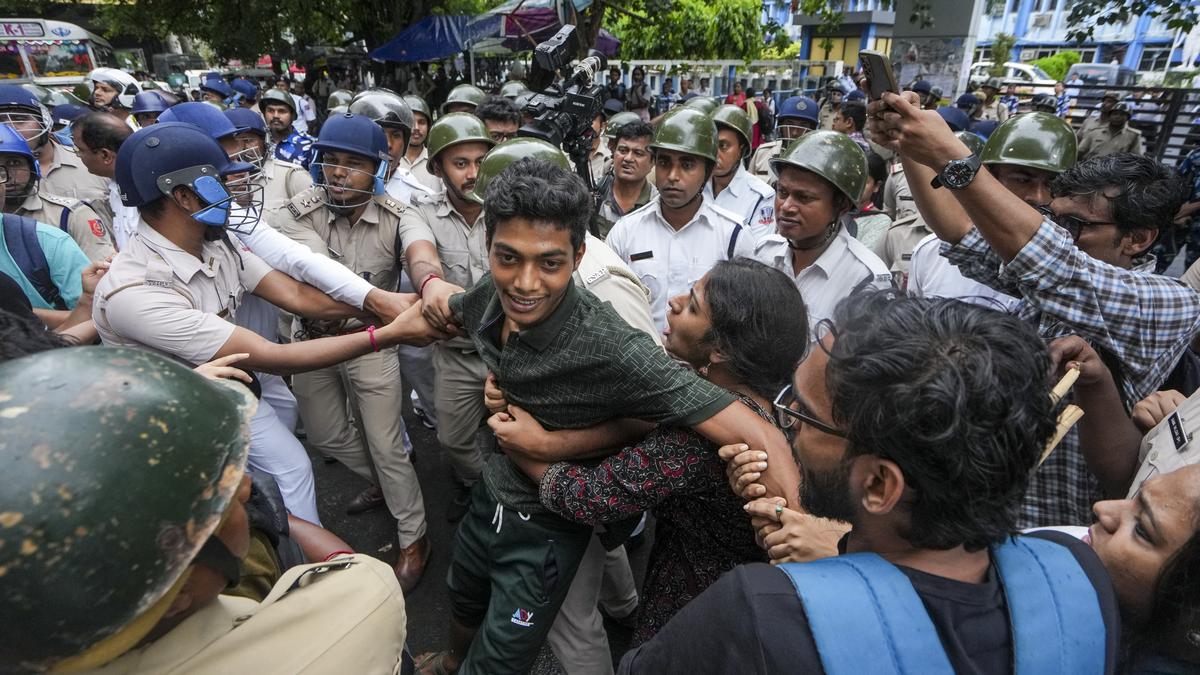For the first time in the country, which can possibly become a model for other surveys, the Karnataka State Commission for Backward Classes will draw up a list of households in the State using the domestic electricity connection.
The commission’s decision comes amidst an uproar over the sanctity of the voters’ list drawn up by the Election Commission of India.
The listing of households is an important exercise before the commission takes up the second socio-educational survey (popularly called the aste census) of the State’s seven crore population in September.
According to an estimate, there are over two crore power connections, and the meter readers will enable the commission to segregate domestic/household connections from commercial ones, and domestic installations having double meters.
The Justice H.N. Nagamohan Das Commission had used the 2011 census data and interfaced it with the voters’ list during the recent survey of Scheduled Castes’ households.
‘Hue and cry’
“We are not going to use the voters’ list because there is a lot of hue and cry about it. Unfortunately, the 2011 census data is too old. Making a list of households from electricity connections is being done for the first time in the country. The Centre has declared Karnataka as a 100% electricity-connected State. We are evolving our data from Saturday,” commission’s chairman Madhusudan R. Naik, who is overseeing the survey preparations, told The Hindu.
He said that provisions are made not to miss out those households that do not have electricity connections. “We will be checking various other secondary data such as ration cards and Aadhaar to cover the entire population.”
The second survey will be held between September 22 and October 7. The first survey was conducted in 2015 by the H. Kantharaj Commission, the report of which was submitted by the K. Jayaprakash Hegde Commission in 2024. However, since the report is 10 years old, the government favoured a fresh survey.
Mr. Naik said that the estimated number of households with electricity connections in Karnataka is about 1.7 crore. “Meter readers will geo tag each of the households during the meter-reading exercise. Each reader has, on an average, 3,000 meters to cover during a monthly cycle that lasts over a week,” he said.
Through an app
An app developed by the e-Governance Department will be downloaded on the meter reader’s device, using which the location would be geo tagged, Mr. Naik said, adding that a sticker would be pasted to identify the house as being geo tagged, while a unique number gets generated.
“Geo tagging is being done for the first time. Sample surveys have been conducted to test the system,” Mr. Naik said.



.png)
.png)
.png)
















 1 hour ago
3
1 hour ago
3








 English (US) ·
English (US) ·